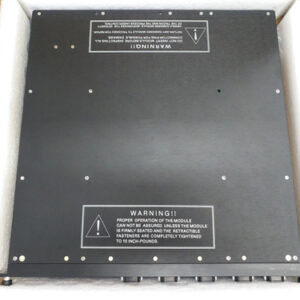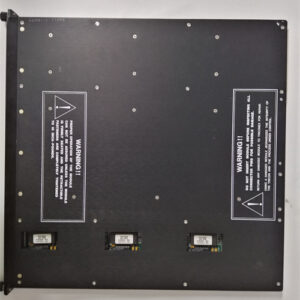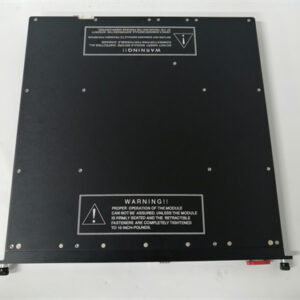الوصف
The user is asking about the Triconex 3624. The search results confirm that this is a specialized Digital Output module for a Triconex safety system. The key details are:
- Model: 3624
- Function: Supervised Digital Output (SDO)
- Voltage: 24 VDC
- Points: 16, commoned
The search results also confirm that the Triconex 3624 is a Triple Modular Redundant (TMR) module, a fundamental characteristic of Triconex’s high-integrity safety systems. It is also “supervised,” which means it has advanced diagnostic capabilities to detect faults even when outputs are in a static state for long periods.
I have all the necessary information to construct a detailed response, highlighting its TMR architecture, supervised features, and its role in safety-critical applications.
Triconex 3624 Digital Output Module
Brief Product Description
The Triconex 3624 is a Triple Modular Redundant (TMR) Supervised Digital Output (SDO) module designed for use in Triconex safety instrumented systems (SIS). It provides 16 optically-isolated, commoned output points for controlling field devices with a nominal voltage of 24 VDC. The module’s TMR design ensures a high level of fault tolerance and continuous operation, making it an essential component for critical applications like Emergency Shutdown (ESD) and Fire and Gas (F&G) systems.
- Product Type: Supervised Digital Output (SDO) Module
- Voltage: 24 VDC
- Configuration: Triple Modular Redundancy (TMR)
- Points: 16, commoned
- Key Feature: Fault-tolerant, supervised output control.
A Closer Look at the Triconex 3624
In the world of industrial safety, there’s no room for compromise. Every component of a safety system must be designed to withstand failures and keep critical operations running smoothly. The Triconex 3624 is a perfect example of this philosophy. It’s not just a digital output module; it’s a highly sophisticated safety device built on the foundation of Triple Modular Redundancy (TMR).
The core of the 3624‘s strength lies in its TMR architecture. It contains three independent sets of circuitry, each receiving an output command from the system’s main processors. These three signals are then “voted” on by specialized output logic on the module itself, ensuring that only a single, confirmed signal is sent to the field device. This design means the module can tolerate multiple internal component failures without causing a false trip or halting the process. It’s the ultimate safeguard, providing error-free, uninterrupted control and peace of mind.
What also sets the 3624 apart is its supervision capability. Supervised Digital Output (SDO) modules are specifically designed for applications where an output may remain in an “off” or “on” state for months or even years. The module features voltage and current loopback circuitry and continuously runs diagnostics to verify the health of the output switch, the field wiring, and the presence of a load. This ensures that a latent fault, such as a broken wire or blown fuse, is detected immediately, preventing a potential failure from going unnoticed. This feature is vital for maintaining system integrity over long periods.
For engineers and maintenance staff, the module provides a suite of features that simplify operation and maintenance. The module supports hot-swap capability, meaning a faulty module can be replaced online without shutting down the entire system—a feature that is invaluable in continuous processes.
Technical Specifications
Application Areas
The Triconex 3624 is used in any industry that requires high-integrity control of 24 VDC field devices for safety-related actions.
- Emergency Shutdown (ESD) Systems: Controlling safety-critical devices like solenoid valves that shut off fuel or vent a dangerous gas.
- Burner Management Systems (BMS): Managing the start-up and shutdown sequences of burners in a safe, controlled manner.
- Fire and Gas (F&G) Systems: Activating alarms, sirens, and other warning devices in response to a fire or gas leak.
- Process Control: In refineries, petrochemical plants, and power generation facilities, it’s used to control relays, motors, and other DC equipment for safe operation.

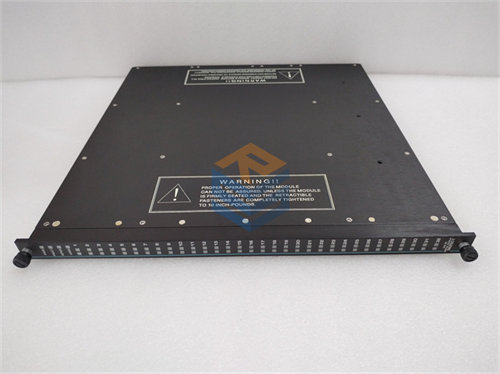
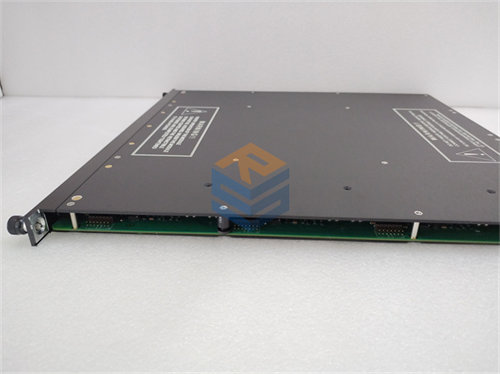
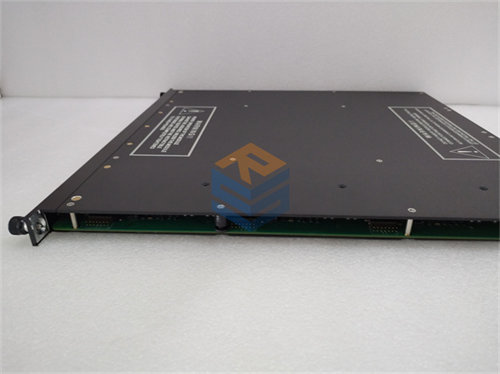

 +86 15340683922
+86 15340683922 +86 15340683922
+86 15340683922